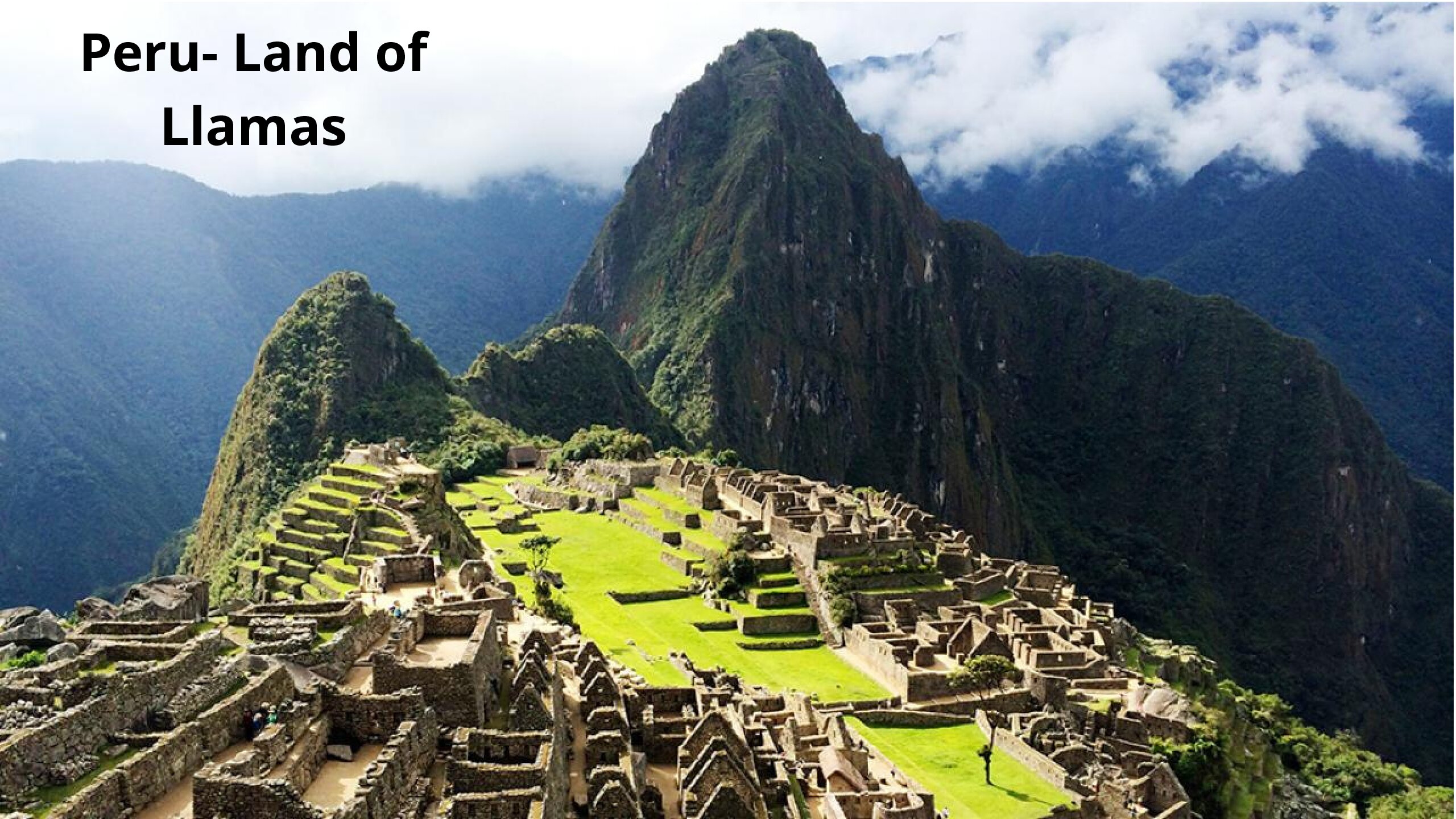First solo trip – Peru (2000)
Peru – Still I can’t believe that this was my first solo trip 20 years back. I am surprised I chose this place to go alone at the age of 25 that too coming from a south indian family. I was reading about this Macchu Picchu in National Geography book and was so impressed by the history of it, decided that I have to visit this place. It’s been 20 years I visited this place and I am remembering hard and writing the incidents which comes to my mind. I am sitting and thinking now my thirst for travel started 20 years back.
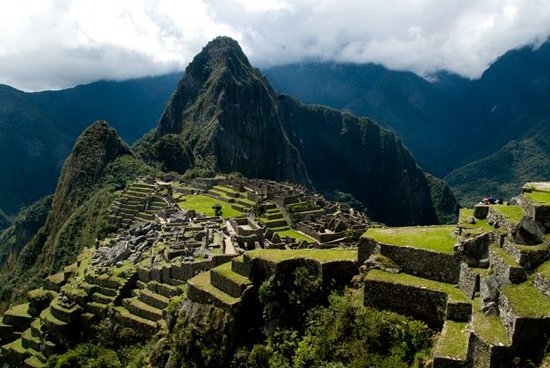
History of Macchu Picchu: This ancient Incan city hidden deep in the mountains of Cusco has become synonymous with Peru and Incan culture. Most modern archaeologists and historians agree that Machu Picchu was built by the Inca Pachacutec, the greatest statesman of Tahuantinsuyo, who ruled from 1438 to 1471.
Built as a refuge for the elite of the Incas aristocracy, the fortress was located on the eastern slopes of the Vilcanota mountain range, about 80 miles from Cusco, the capital of the empire. Its strategic location was chosen with admirable success. Surrounded by steep cliffs and away from the sight of strangers in a tangled forest, the citadel of Machu Picchu had the quality of having only one narrow entrance, allowing, in case of a surprise attack, to be defended by very few warriors.
July 24th, 1911 is known as the date of the “discovery” of the famous Inca citadel of Machu Picchu, architectural treasure that had been hidden for more than four centuries under the lush nature of the Urubamba canyon. This discovery was made by controversial anthropologist, historian or simply by the American explorer, amateur archeology, Yale University professor Hiram Bingham.
Lizarraga’s story and his visits to the ancient Inca ruins have attracted the attention of Hiram Bingham, who was in the area investigating the last holdouts of the Inca´s in Vilcabamba. Bingham, very interested in these rumors, began the search for these ruins, reaching Machu Picchu in Cuzco.Lessee company Melchor Arriaga and a sergeant of the Peruvian Civil War in July 1911. There, the American historian would find two families, the Recharte and Alvarez, who had settled in the platforms of the south of the ruins. It was finally a child of the family who guided Recharte Bingham to the “urban area” of the ruins, which was covered by thick undergrowth.
Immediately, Bingham understood the enormous historical value of the ruins discovered and contacted Yale University, the National Geographic Society and the Peruvian government, requesting sponsorship to start the studies in the Inca archaeological site. The archaeological work was carried out from 1912 to 1915. In this period, they managed to clear the weeds that outrigger the Citadel and the Inca tombs were excavated being found beyond the city walls.
In 1913, National Geographic magazine published in an extensive article of Machu Picchu and the jobs that were done there, revealing to the world the citadel. With the passing of the years, the importance of tourism in the citadel of Machu Picchu would grow, first nationally and then internationally, becoming a World Heritage Site by Unesco in 1983.
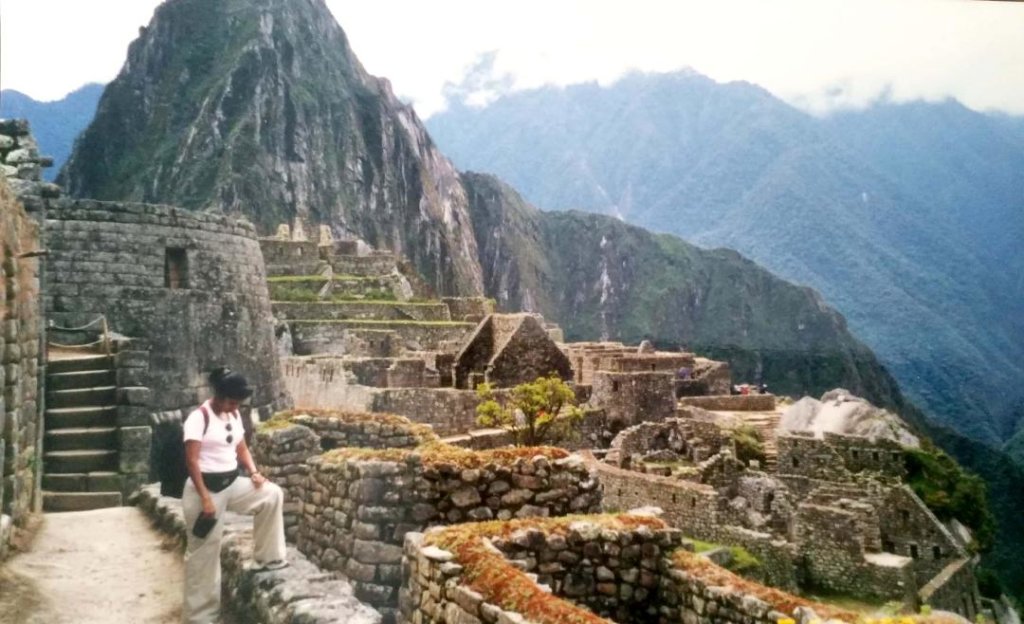
For me it was a 10 day trip to Peru. I went through lots of websites for all the information, and on most of the sites it said not a safe place to travel. Still with a slight fear inside I decided to do so. I had to take all the vaccines and finally landed in Lima.
In the airport whoever I saw looked like thief to me. Their appearance, their dressing all different (my first solo travel and to a rare place may be due to that). I had tied my passport around my waist in a pouch and I dint remove for all 10 days. I had to stay in Lima airport for almost 6 hrs before I took a flight to Cuzco. The flight to Cuzco was those small flights with limited seats. The travel to Cuzco was almost an hour and the all one hour was above Andes mountains.
Cusco, a city in the Peruvian Andes, was once capital of the Inca Empire, and is now known for its archaeological remains and Spanish colonial architecture. Plaza de Armas is the central square in the old city, with arcades, carved wooden balconies and Incan wall ruins. The baroque Santo Domingo Convent was built on top of the Incan Temple of the Sun(Qoricancha), and has archaeological remains of Inca stonework.
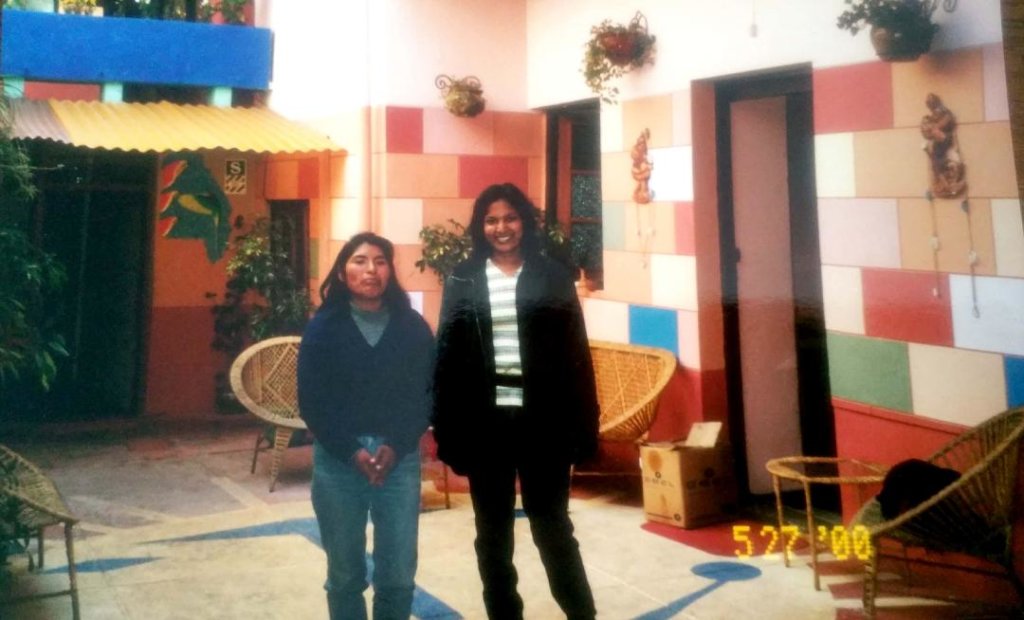
This was the home stay where I stayed in Cuzco. The host was very nice person. The height of Cuzco was 3500 mts. Anyone who directly lands there will get a slight altitude sickness. This was my first height altitude I travelled in my whole life at that time. I had severe stomach pain and head ache. The host gave me a tea made of coca leaves. I had to take rest the whole day and next day I was little better. Rather I would say I got acclimatized to the height.
For some visitors, the first hours in Cusco can be summarized as: shortness of breath, a discomfort in the body, dizziness, headaches, stomachaches, even vomiting. As great connoisseurs of natural medicine, the Incas used coca leaves to counteract soroche, quechua for high-altitude sickness.
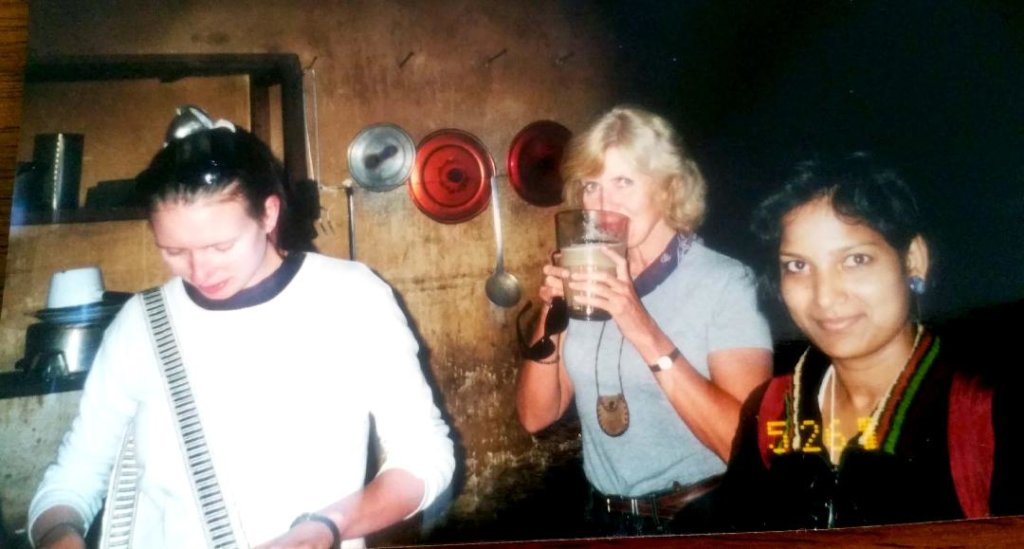
Next day I was in action. I took a city tour and got to connect with these people from Europe. This is one of the Incas house and they serve chicha an alcohol drink as their custom.
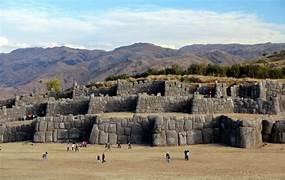
Sacsayhuaman is an ancient walled complex overlooking Cusco. The Incas built Cusco in the shape of a puma, which was one of their symbols, with Sacsayhuaman as its head. Sacsayhuaman is considered one of man’s greatest building feats. The fortress walls were built with huge boulders that dwarf humans; pieces were cut to fit so mortar wasn’t needed. The foundations can be seen today.
Spanish landmarks like the 17th-century cathedral used Inca masonry as foundations, and for construction. Above the city, the hilltop complex of Sacsayhuamán has distinctive zigzag dry-stone walls, plus views over red-tiled roofs and the surrounding mountains. Set at an altitude of 3,400m, Cusco is the gateway to further Inca sites in the Urubamba (Sacred) Valley and on the Inca Trail, a multiday trek that ends at the mountain citadel of Machu Picchu.
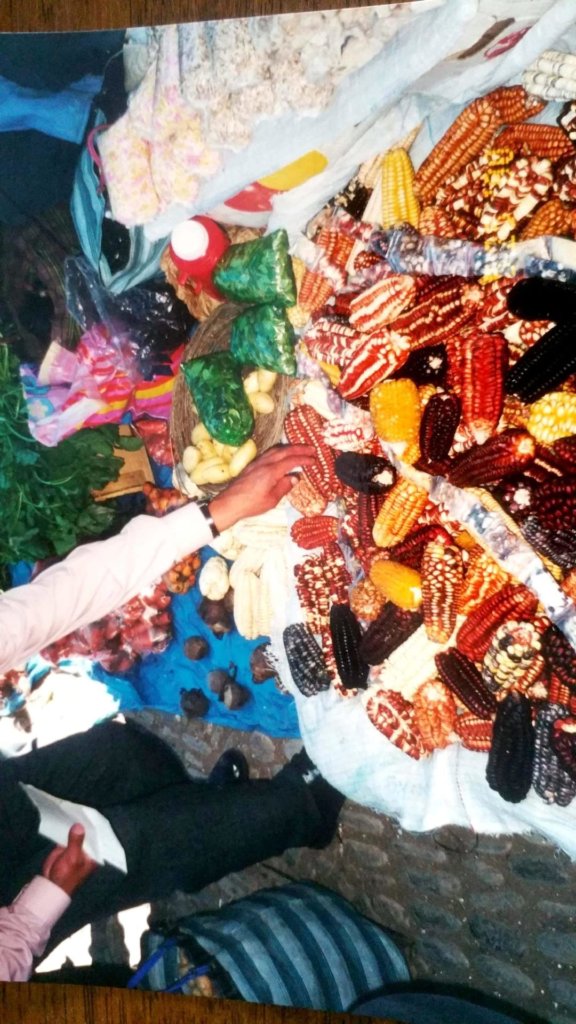
I was very curious to visit a local market. I did visit and it was such a great experience. Tribes from Amazon forest they cross the mountains by walk and they come and sell their goods grown in amazon forest. This information was so impressive and I saw these rare colourful corns brought and sold in these markets. This market happens once a week and the tribes from amazon forest cross the mountains and comes here and sell their items which are grown in amazon forest and buy what they want for the family. It takes 2 days by walk to cross the mountain and 2 days to walk back to their place. I was so curious to go to their place in the amazon forest, but good I had that maturity to not to do so.
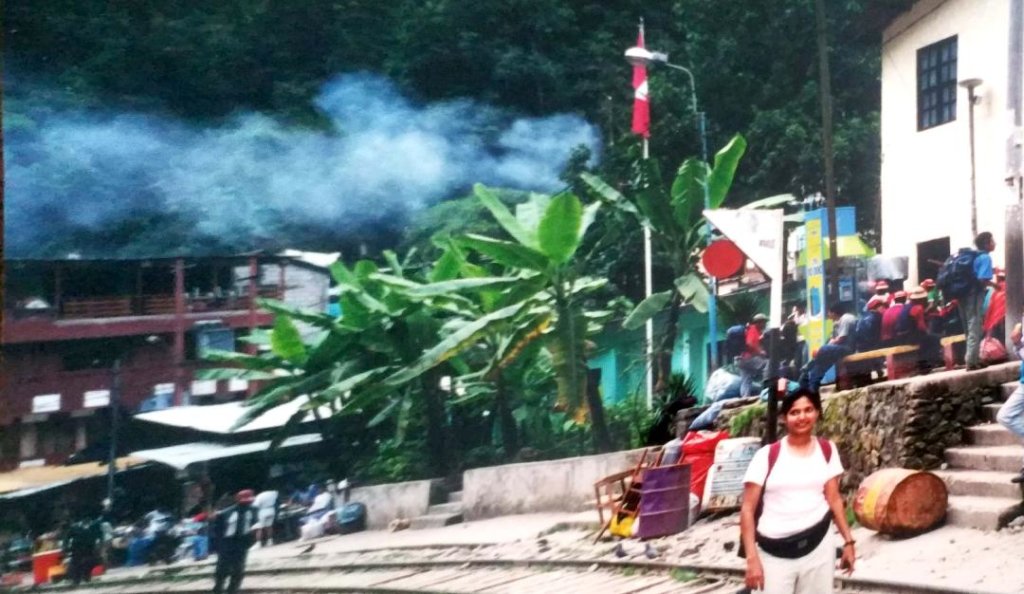
There are no roads to Macchu Picchu. You can get there by train, walking (Inca Trail) or by an alternative route through Santa Teresa (which involves walking or train). If you want to walk it is 7 days trek. I heard a lot of stories from people who trekked that they hear voices of ghosts in the night. It was lil scary too. I did chose to take a train.
The host lady helped me in getting the train tickets. It takes 3 hrs to reach the staion Aqua Calianthes and from there it is 30 mins walk up. Suddenly it opens up to this massive place stunning Macchu Picchu. This pic is in the last station Aqua Calianthes.
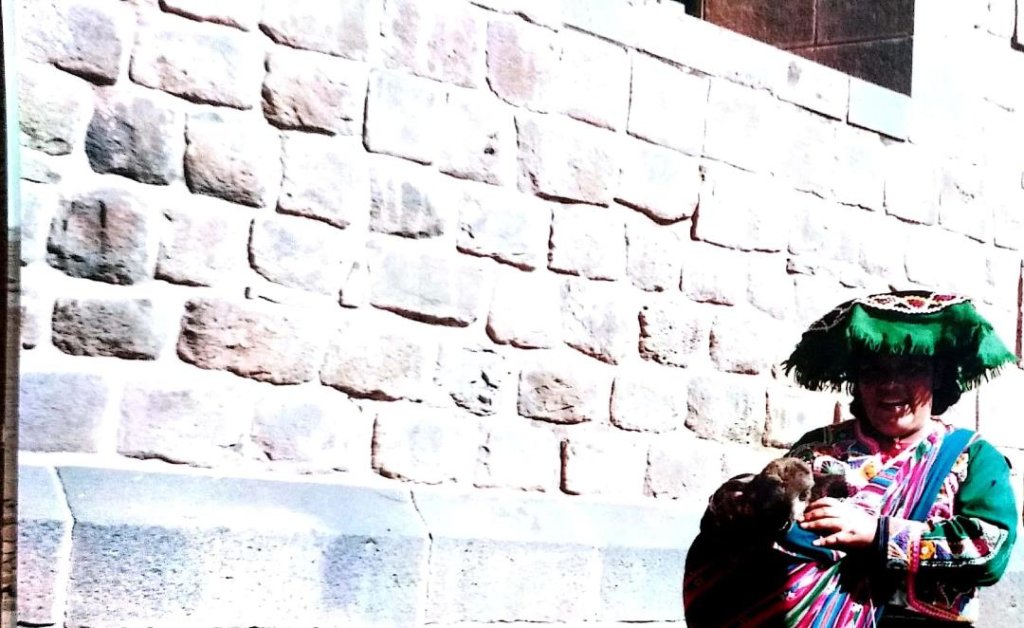
I got a shot of this Inca lady. This is the common site and you can see people dressed like this everywhere.
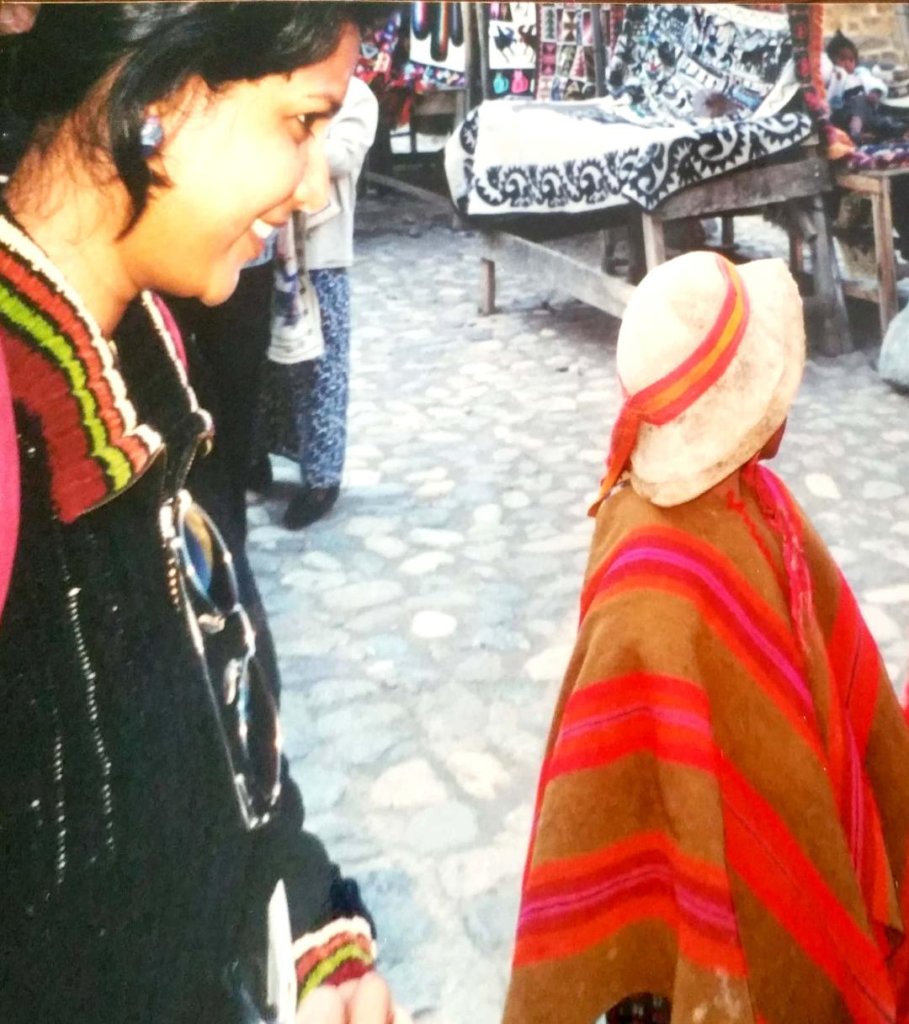
This pic is again in a market of Cuzco where the Inca boy was singing a song Quechua (Inca language).
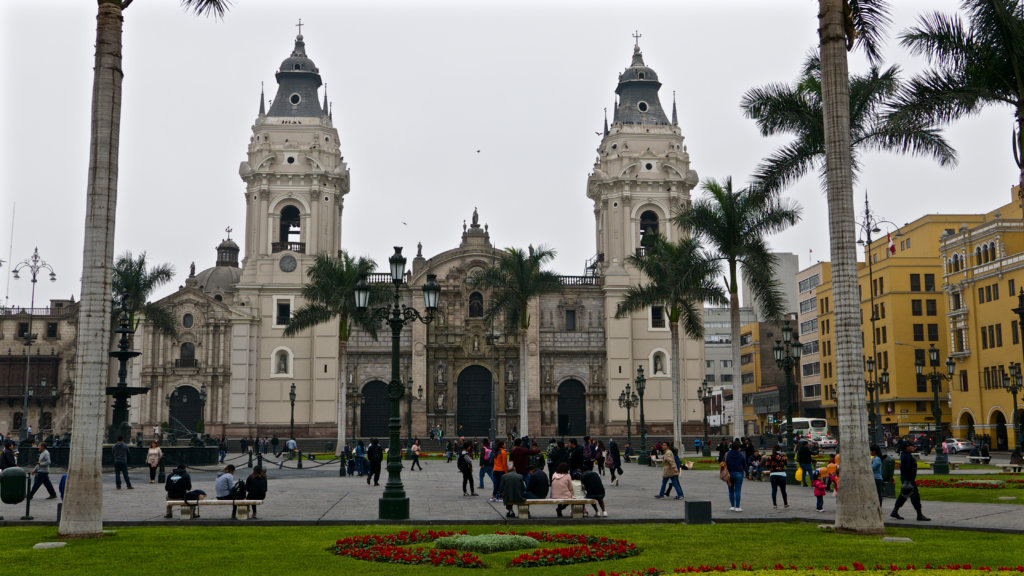
The Plaza de Armas is where the city of Lima was born. Also known as the Plaza Mayor, it is the heart of the city, located in its historic district, with streets radiating out in a grid. The location was picked by the Spanish conquistador Francisco Pizarro in 1535. Today the plaza is flanked by a cathedral and several palaces.
I did nice shopping of sweaters made of alpaca wool. This is suppose to be very famous and keeps you very warm.
Its been almost 20 years I visited this place and now I am blogging it, forgot few incidents and places but will update as and when I remember.


